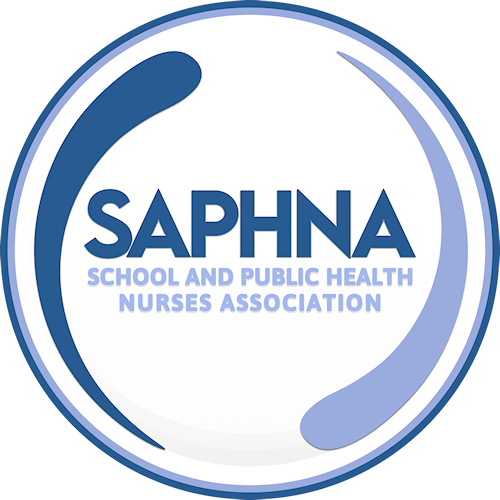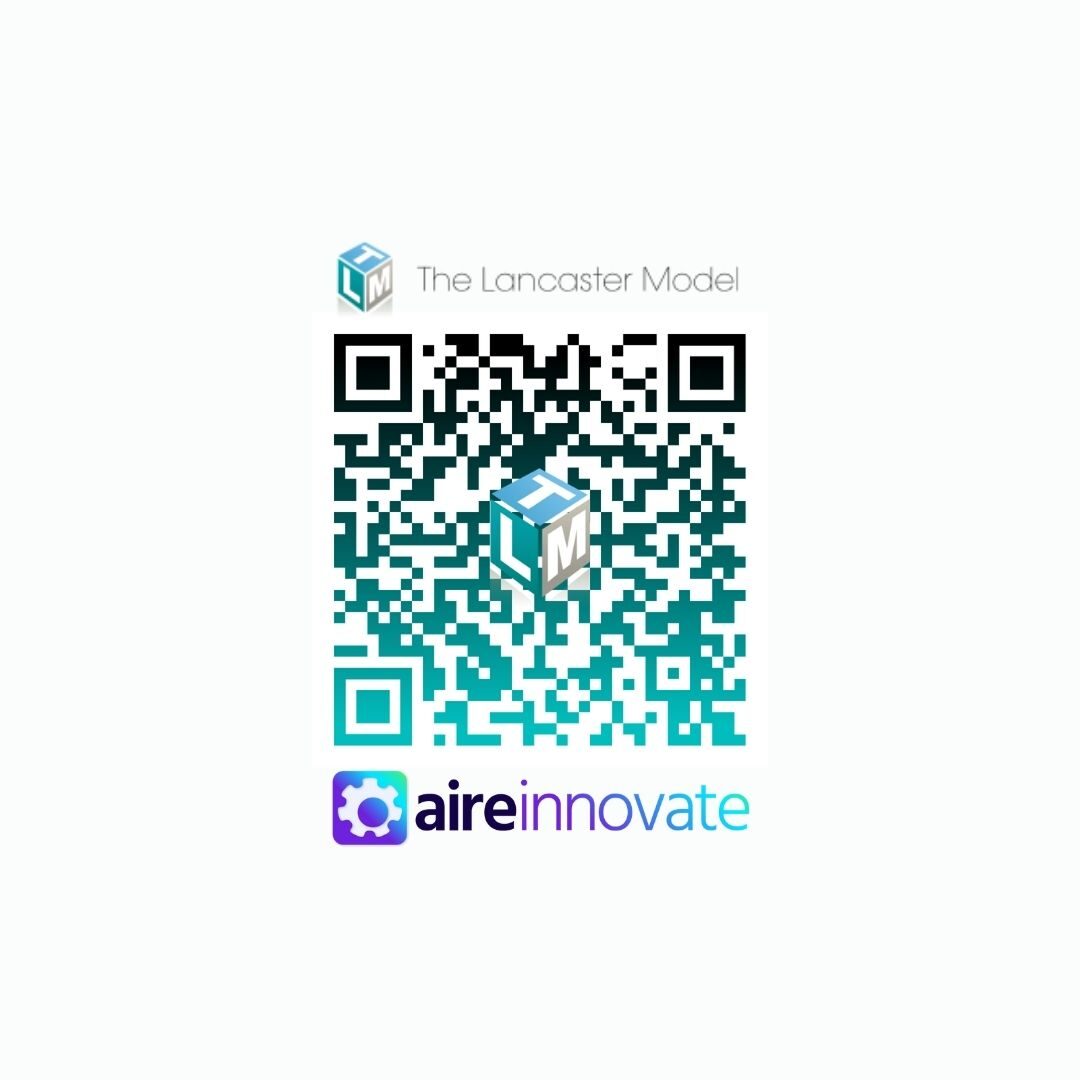Reflective Practice – blog
3 September 2023Kenny Gibson has added a new blog article.

| Blog: Reflective Practice Title: Out of area Looked After Children Health Assessment funding guidance (Low Volume Activity) Article: To clarify September 2023, NHS England » NHS Payment Scheme Activity-based payment – applies to all services with NHSPS (need in full) unit prices delivered by non-NHS providers. Activity is paid for using 100% of NHSPS unit prices for each unit of activity delivered. E.g. providers of NHS services other than NHS Trusts – independent sector or primary care providers. Annex A gives the unit prices for Initial Health Assessments as £508 and Review Health Assessments as £296. Local payment arrangements – providers and commissioners locally agree an appropriate payment approach. E.g. children who are placed in Wales/Scotland Posted 5th December 2022 “Who Pays? sets the rules for determining which ICB is responsible for commissioning and paying providers for healthcare services provided for specific patients in specific circumstances, with section 15 setting rules that relate to looked after children placed out of area. As we saw during the pandemic, however, rules can be set elsewhere in relation to financial flows, and the LVA arrangements are another example of this. So whilst the LVA arrangements do not override where responsibility sits for commissioning and paying for services, they do specify the mechanism through which the provider should be paid. Where LVA applies, it makes one (all-inclusive and approximate) payment, rather than paying on the basis of lots of small invoices. Finance colleagues have previously provided us with this summary, which may be of some help: The principle is that where there is an LVA relationship then the activity should be covered by this arrangement, as per the below: The revised process covers all clinical services (acute, mental health and community) provided by trusts with the exception of inpatient out-of-area placements for mental health services where these are directly arranged by commissioners. ICBs should pay the amount included on the LVA payments schedule to the trust in quarter 2 2022/23. No further payments or amounts should be transacted during 2022/23 with the exception of inpatient out-of-area placements for mental health services. Where the relationship is above the LVA threshold then hopefully the provider and commissioner have a contract in place which will then cover how this is paid for – presumably in the fixed payment element of the Aligned Payment & Incentives arrangements; but the National Tariff Payment System does allow for some flexibility >£0.5m and <£30m. For other provider–commissioner relationships, those between organisations in different systems and with an annual value of less than £30m, payment arrangements will be via local agreements. However, trusts and commissioners are encouraged to adopt a fixed payment (plus a variable elective component) where doing so would not add excess burden and to follow the NHS England and NHS Improvement guidelines to calculating fixed payments. So, assuming that no written contracts are in place with the relevant ICBs and unless the children’s placements are “in-patient out-of-area placements for mental health services”, then the Trust should not be billing separately for this activity, but should view it as being covered by the relevant LVA payment.” If any provider / commissioner colleagues are uncertain about how to charge for Looked After Children HA’s (i.e. they shouldn’t be charging for them) then they can either (1) refer to this email, (2) read the “Revenue finance and contracting guidance for 2022/23” which outlines much of the below in the section titled “Payments for low volume activity” or (3) If they are still uncertain or disagree we would advise them to contact their regional finance teams (i.e. people like me in respective regions) who should be able to help interpret financial guidance and policy for them and direct them to the conclusion outlined above. |





